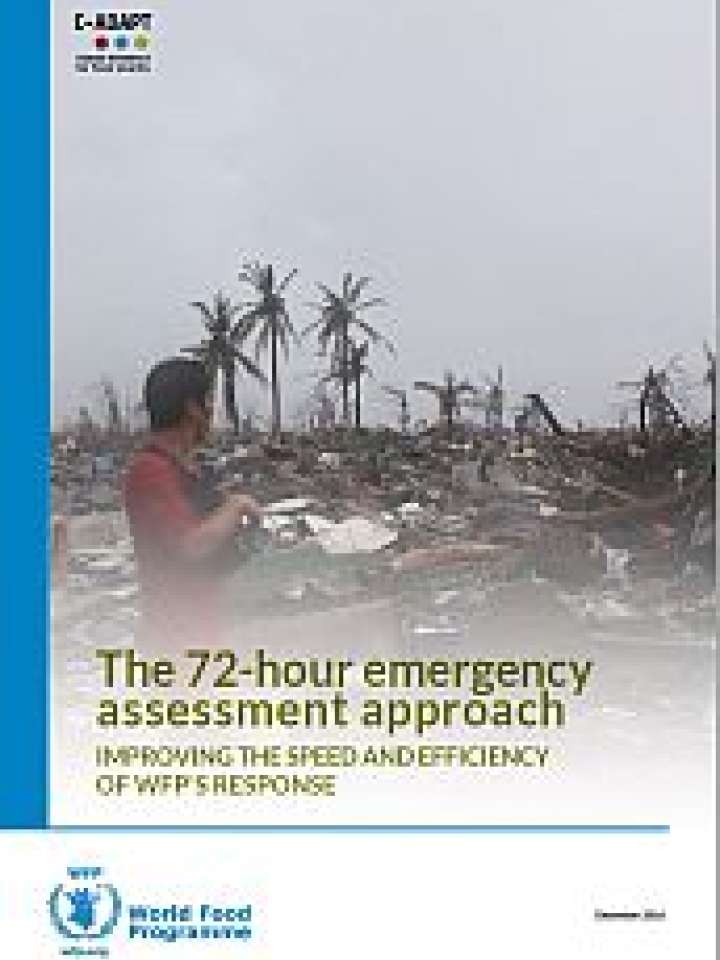The 72-hour emergency assessment approach: Improving the speed and efficiency of WFP’s response
This document provides an overview of the aims, applications and general method behind the 72 hour assessment method. The “72-hour assessment approach” aims to quickly get information to WFP and government decision-makers when they really need it – not weeks later. It provides a “good enough” snapshot to fill the initial information vacuum, followed by continuous updates over the following weeks as more information from the ground comes in.
The approach was developed in response to one of the biggest problems faced by WFP after a disaster - lack of information on its impacts: how many people need assistance, and where. Current emergency assessments – which are often released weeks (sometimes months) after a disaster simply do not provide information quickly enough to guide critical operational decisions in the first few hours and days.
The first phase aims to ensure that the necessary information needed to generate those first impact maps and figures (areas most affected, number of people needing food assistance etc.) are easily accessible as soon as a disaster hits. Known as “data preparedness”, this is an ongoing process which WFP has been investing in over the past two years, in collaboration with the Office for the Coordination of Humanitarian Affairs (OCHA).
Explore further
